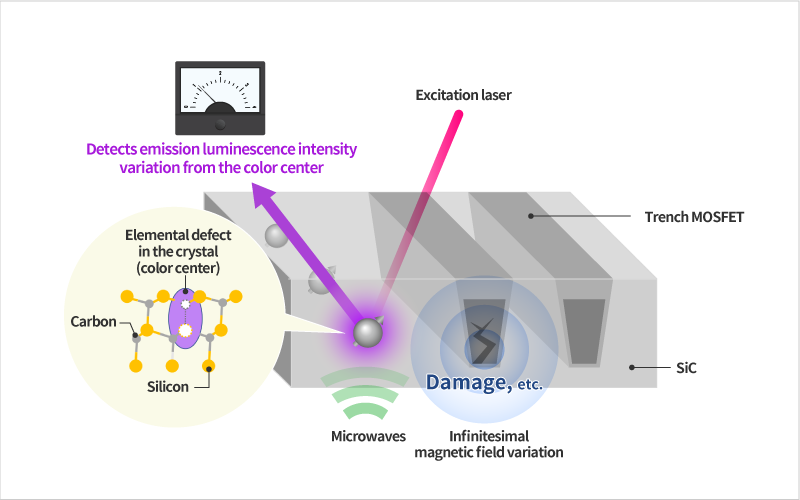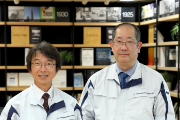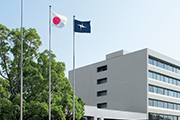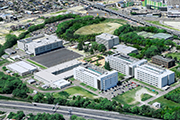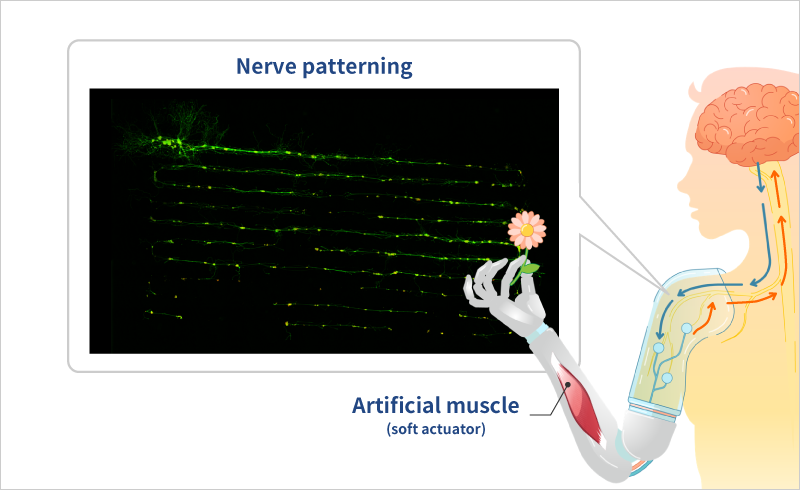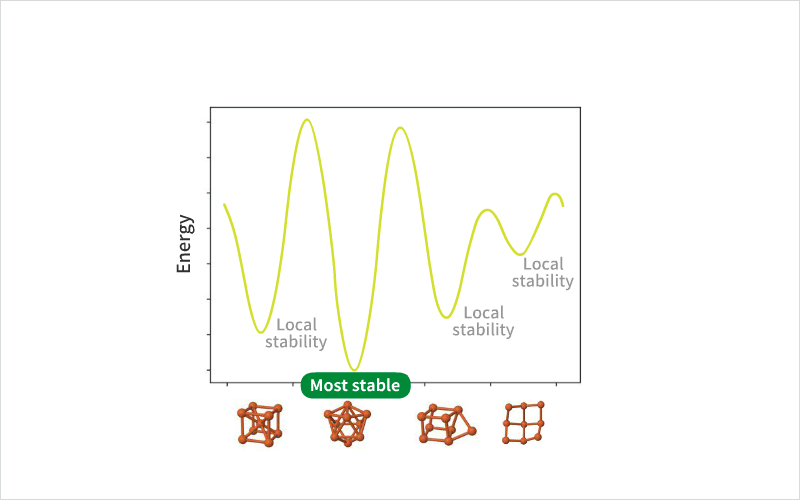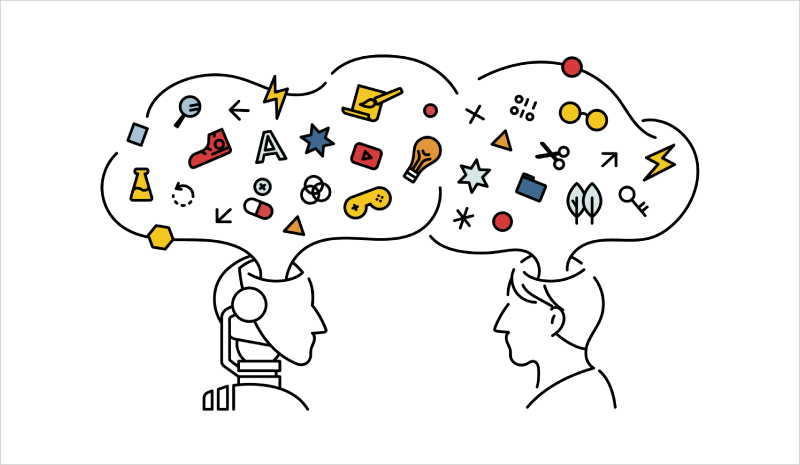Manipulating extraordinary physical phenomena to realize devices that go beyond limitations
Invisible to the naked-eye, quantum mechanics, which is a physical law different from classical mechanics, is known to be established, and in recent years, research on devices applying its unique properties has attracted much attention. Likewise, we aim to enable convenient measurements and diagnoses of electrical circuits and living organisms by employing quantum sensors that can simultaneously measure infinitesimally weak magnetic fields, electric fields, temperatures, and other types of physical information. We are also undertaking the challenge of achieving ultra-high efficiency for visualization devices that utilize photon quantum entanglement and for mechanical components that apply the Casimir effect.
